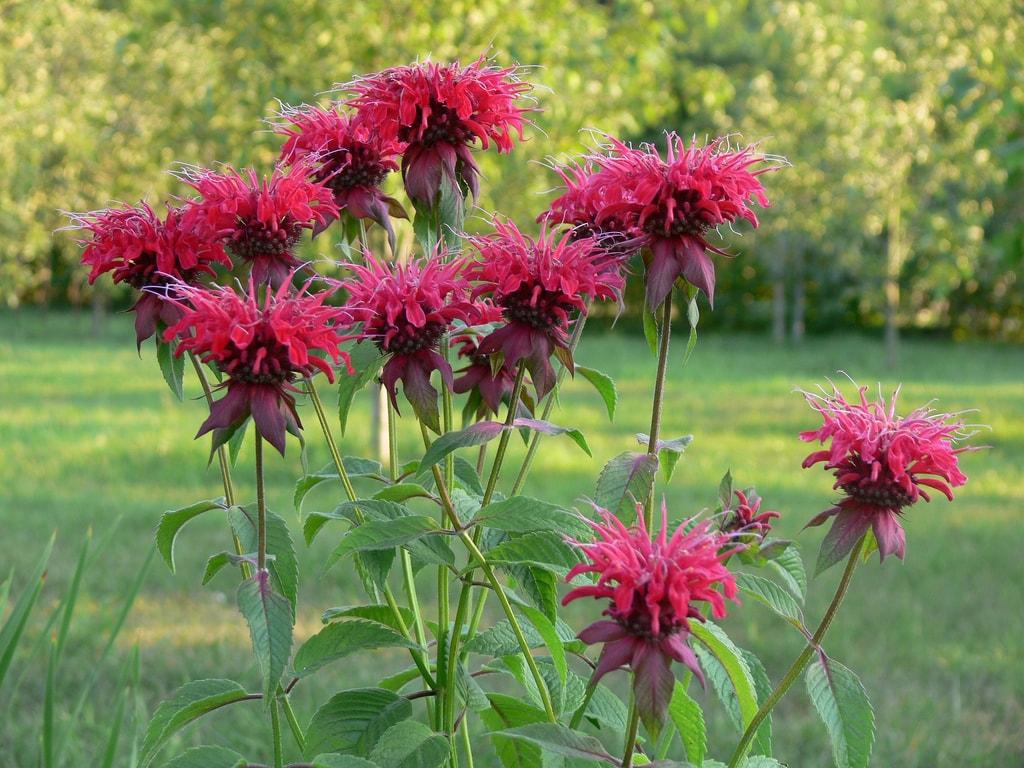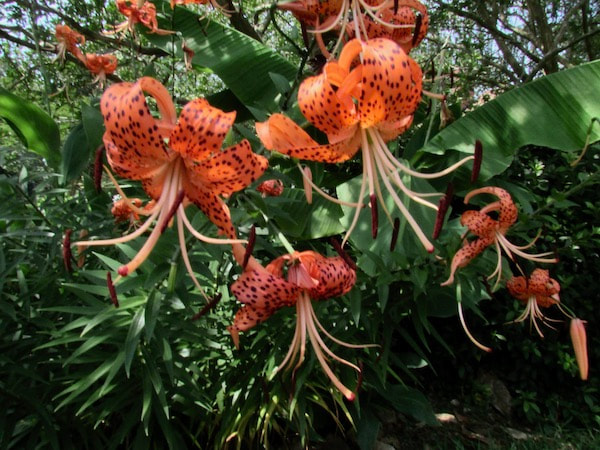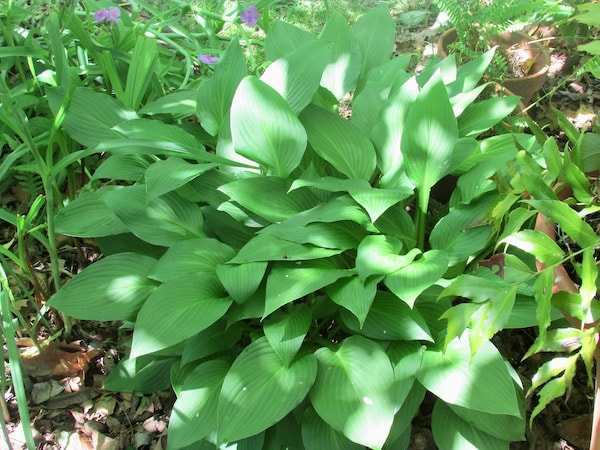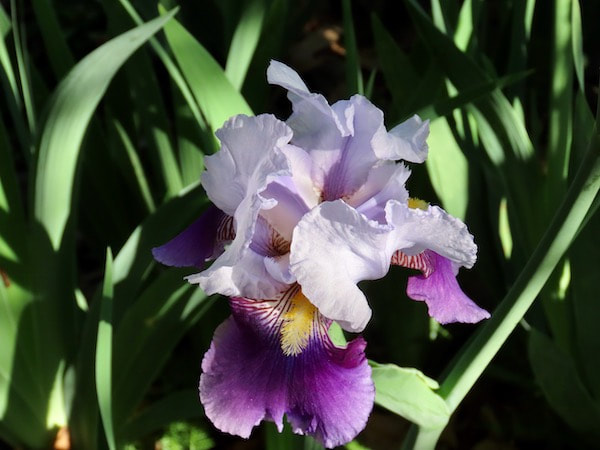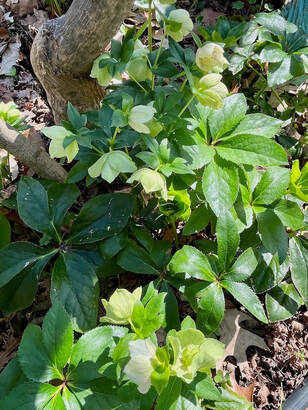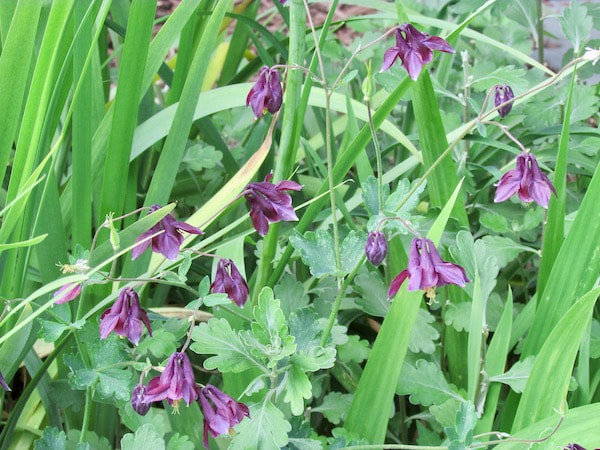|
Joanne K., Pitt County Arboretum E Extension Master Gardener Volunteer As spring bulbs start to bloom, you will also start to see tips of your perennials poking above ground or showing some new growth. Late winter, early spring is a great time to divide your perennials. Plant division allows you to maintain the desired plant size, revitalize its growth, and produce more plants for yourself or to share with fellow gardeners. Division is not needed every year. Many perennials, however, can become too thick after growing for two or three years in the same place resulting in smaller, fewer, or no blooms at all. Other signs that a plant should be divided include a dead center, sluggish growth, or too large for its space.
For some plants the root system can be pulled apart by hand such as Asters and bee balm (Monarda). For bigger clumps such as daylilies (Hemerocallis spp.) and Hostas, you may need to use a sharp knife or handsaw to cut between the crowns maintaining a good section of root. Three to five shoots are recommended for each division.
Mature Lenten Roses (Hellebore) are difficult to move. The species spreads easily so digging up and replanting the seedlings will be more successful. Some plants should never be divided such as butterfly weed (Asclepias), columbines (Aquilegia), and indigo (Baptisia). More instructions on how and when to divide perennials can be found at: http://www.clemson.edu/extension/hgic/plants/landscape/flowers/hgic1150.html More information on the individual plants above can be found at the NC Extension Gardener Plant Toolbox at: https://plants.ces.ncsu.edu/ Photo credits:
1. Aster, Joanne K. 2. Bee Balm, Monarda—Red tubular flowers Dy-e CCBY-SA 3.0 3. Daylilies, Hemerocallis spp., Joanne K. 4. Hosta, Joanne K. 5. Iris, Joanne K. 6. Lenten Rose, Hellebore, Joanne K. 7. Columbines, Aquilegia, Joanne K.
0 Comments
Leave a Reply. |

